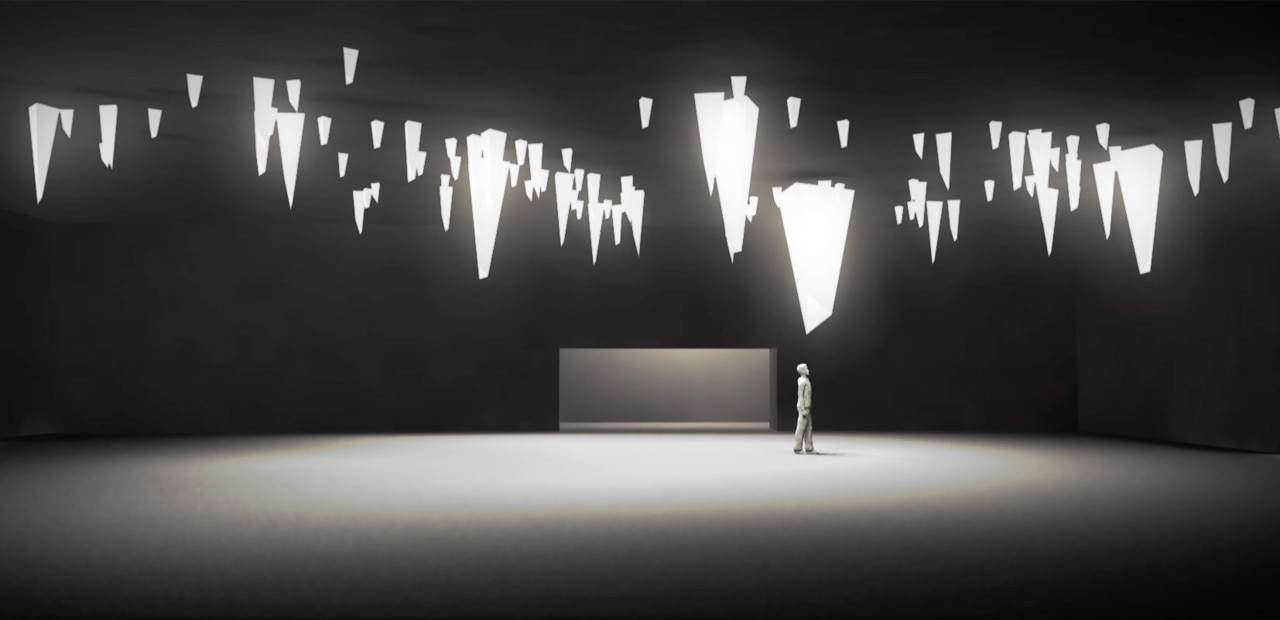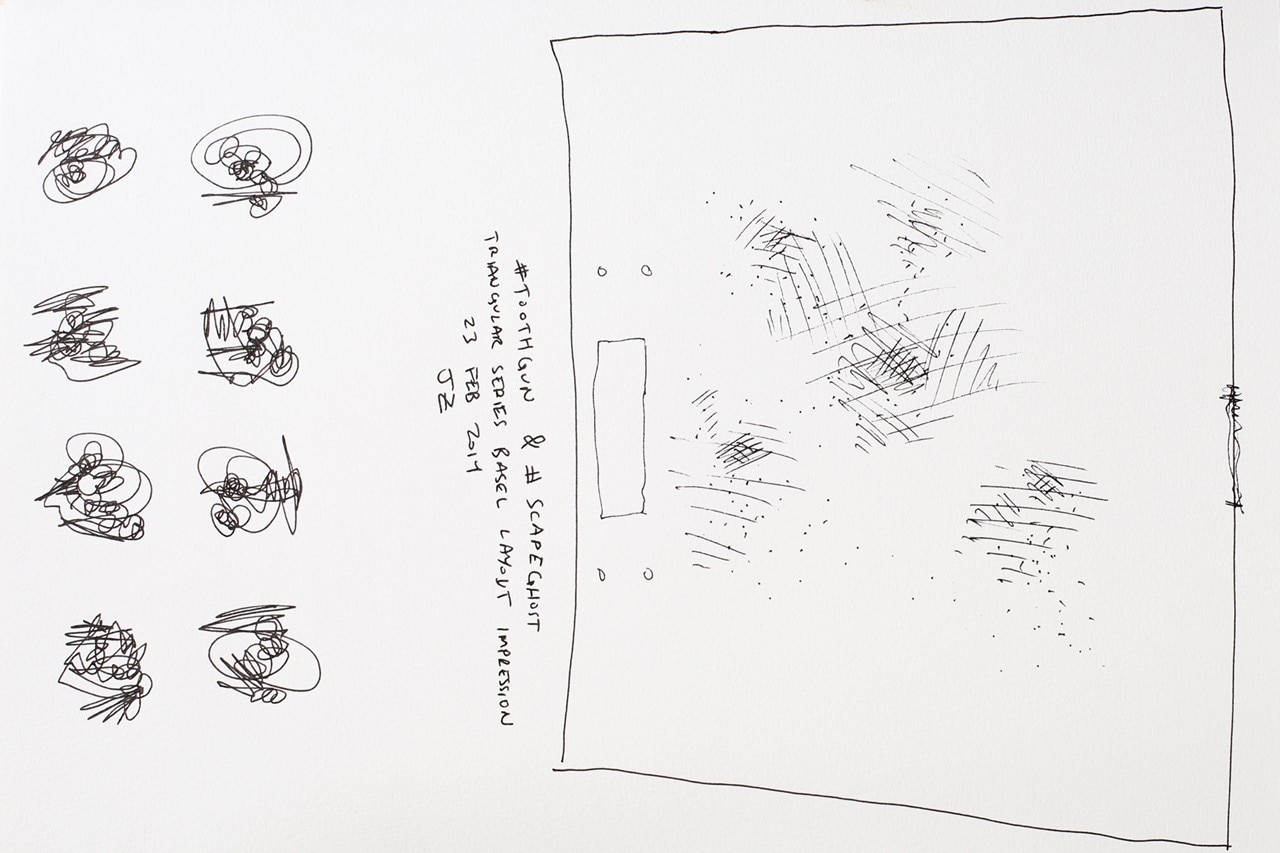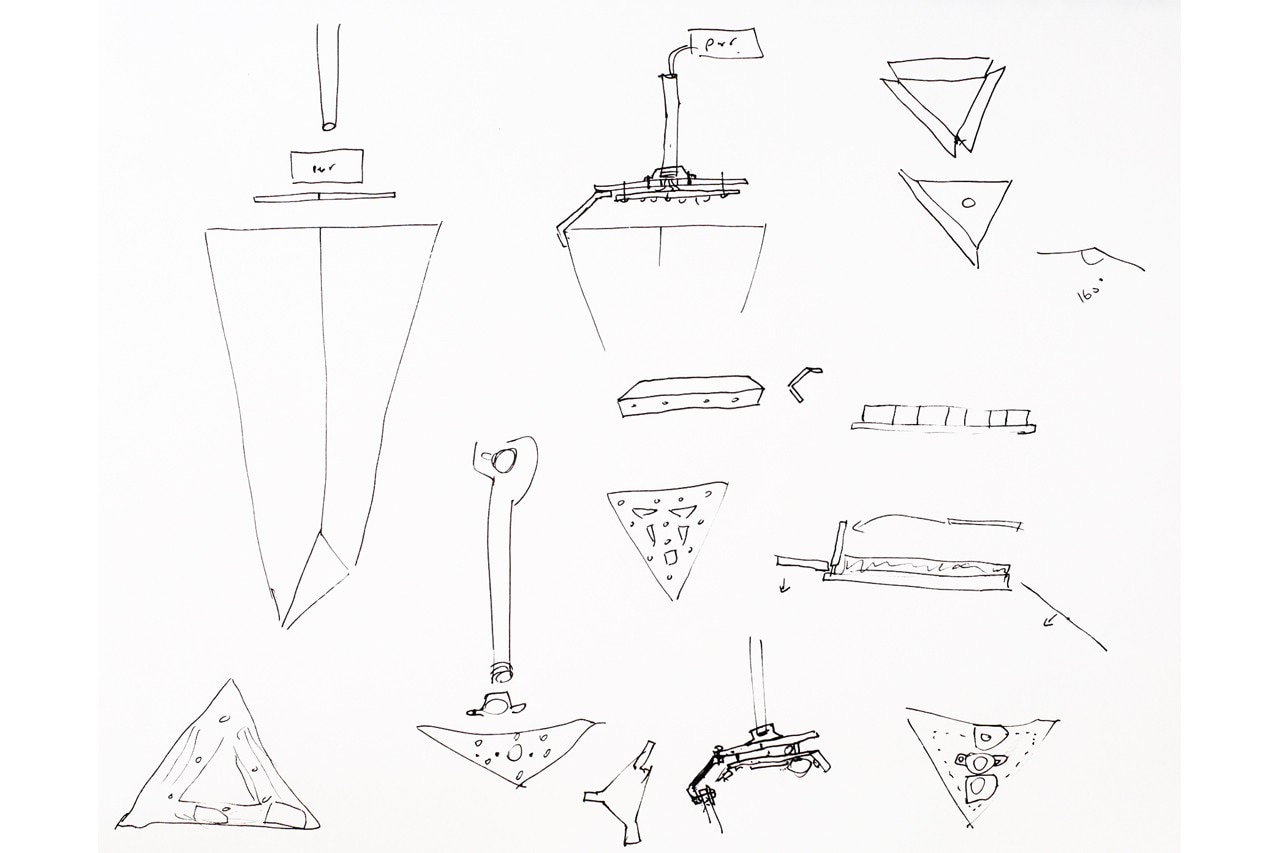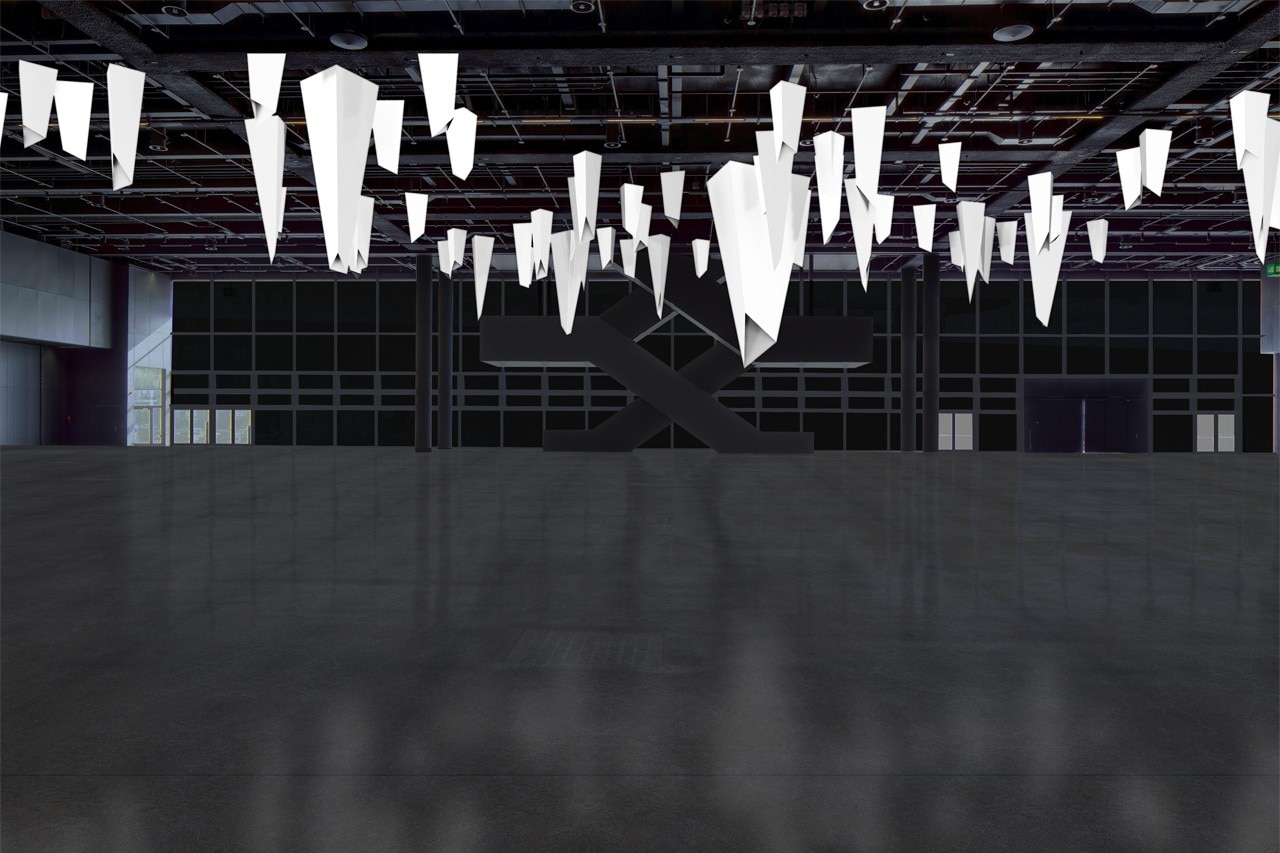
In designing Triangular Series, Zigelbaum was interested in communicating the concept of entrainment — a phenomenon affecting both the organic and inorganic worlds by which rhythms fall in step with one another. Entrainment is seen, for example, in the synchronized flashing of Malaysian fireflies, in the human heart rate, and in the way that pendulum clocks placed close to one another will gradually assume the same period. The inventor of the pendulum, Dutch scientist Christiaan Huygens, first observed the phenomenon in the 17th century, calling it an “odd sympathy.”
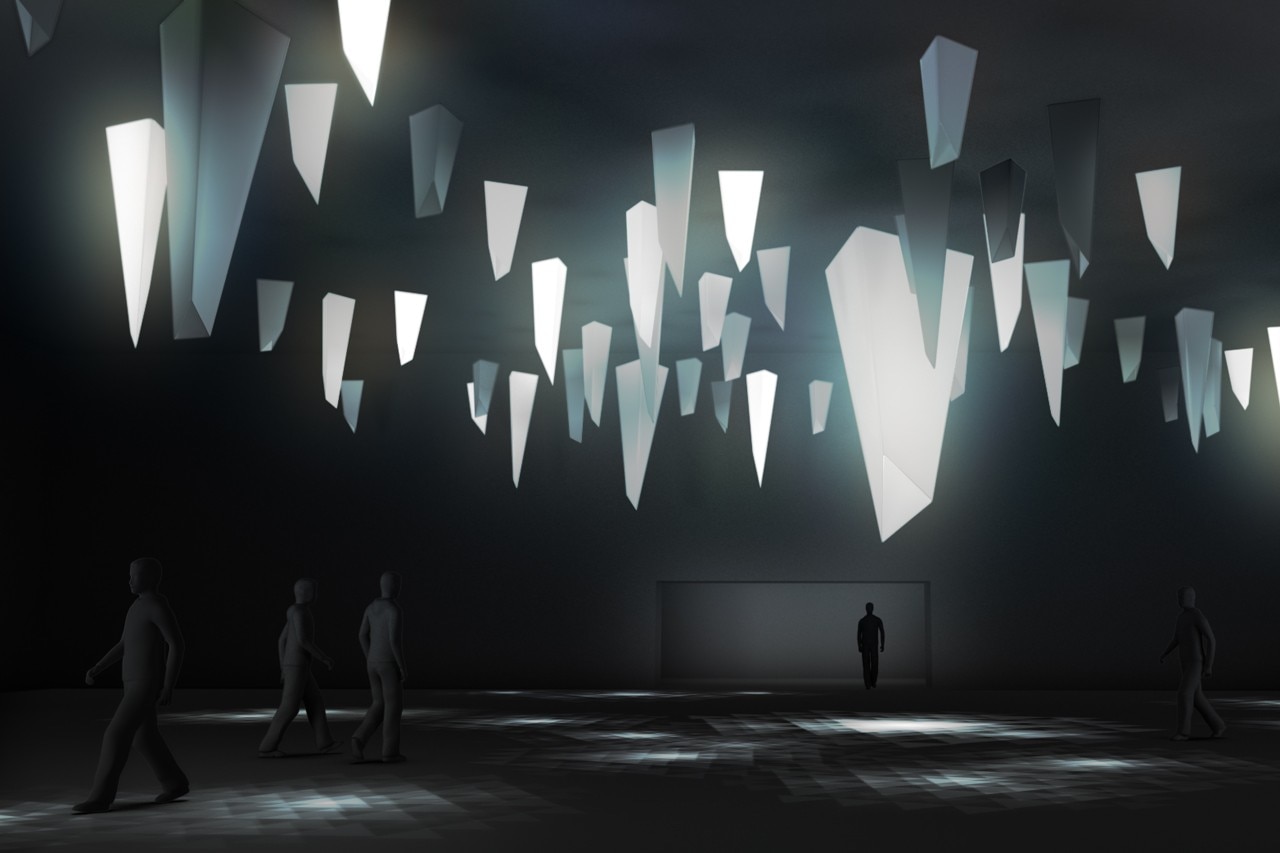
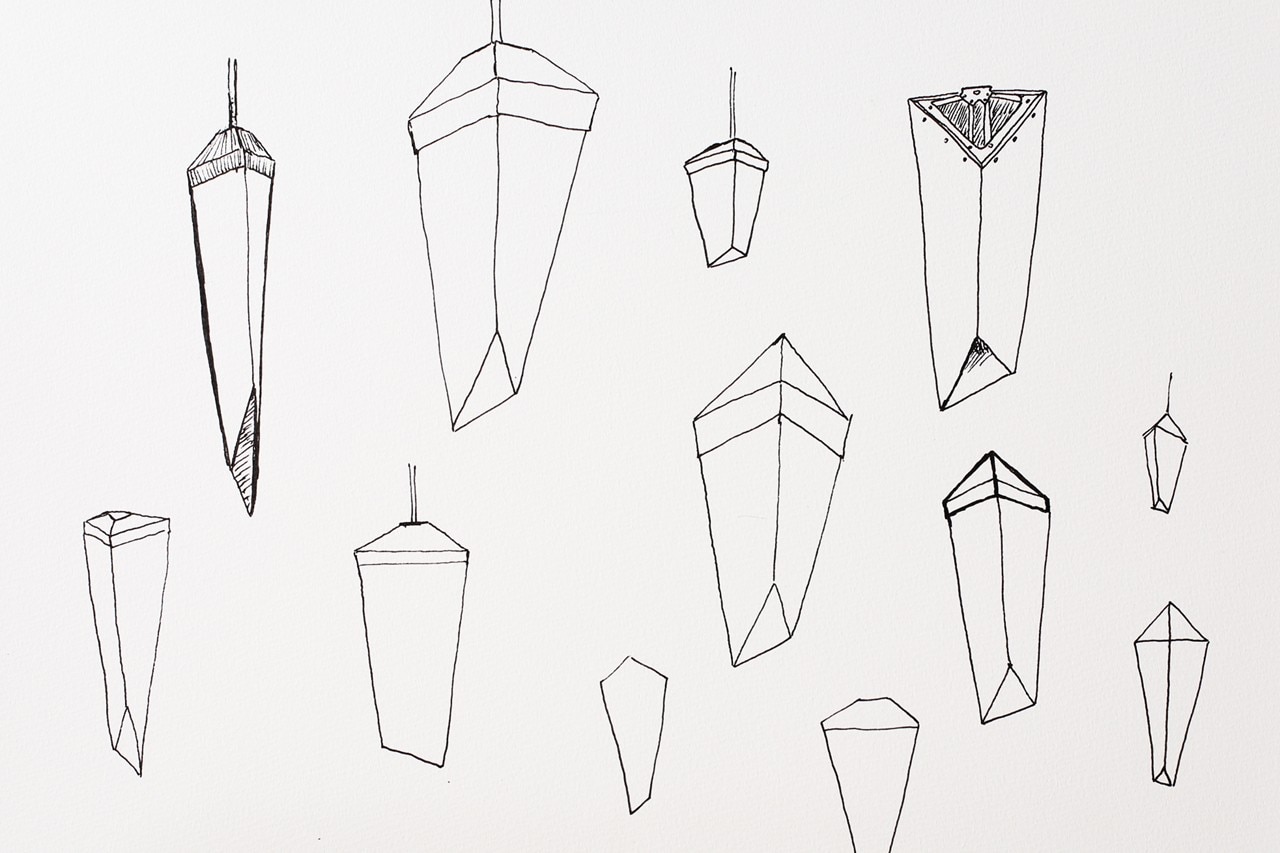
Triangular Series
Design: Jamie Zigelbaum
Commissioned by: Design Miami/ Basel


